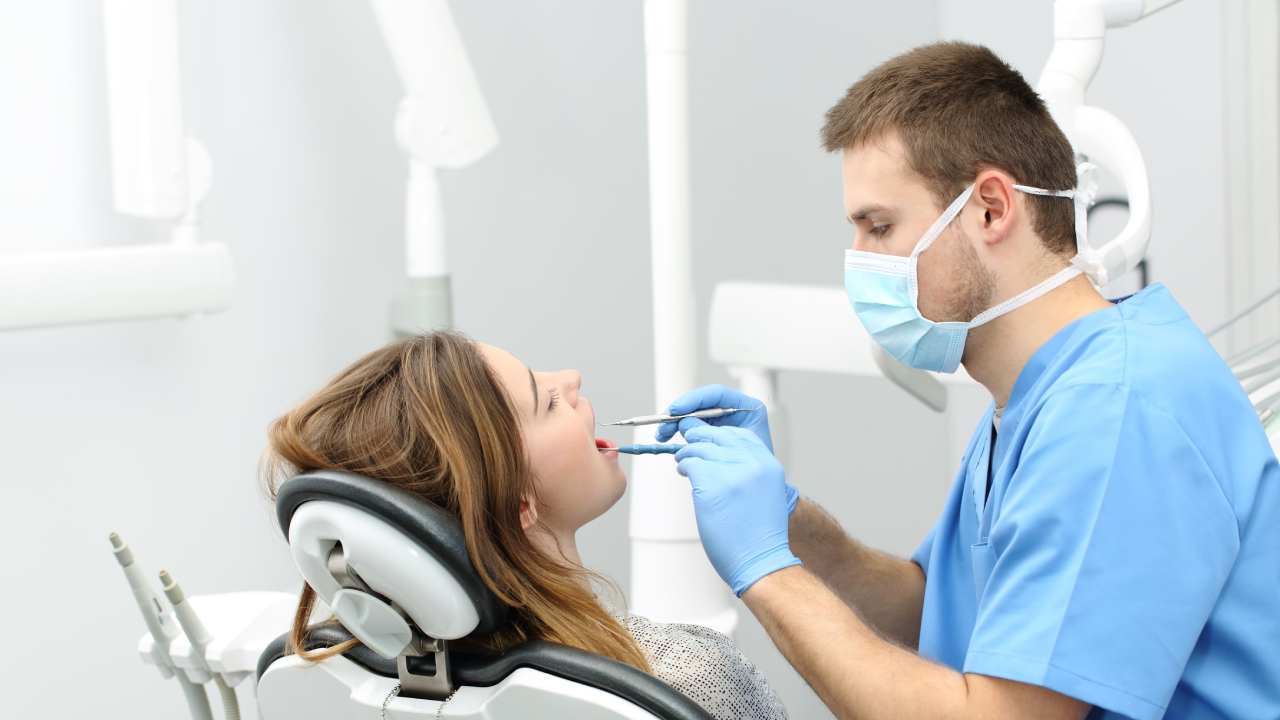The Revolution of Digital Impressions in Cosmetic Dentistry

In the dynamic field of cosmetic dentistry in Livermore, CA, digital impressions have emerged as a game-changer, revolutionizing the way dentists create stunning, personalized smiles. By channeling cutting-edge technology, digital impressions enable dentists to capture precise, three-dimensional models of patients’ teeth and surrounding tissues, streamlining the design and implementation of cosmetic dental procedures.
From smile makeovers to veneers, crowns, and dental implants, digital impressions ensure unparalleled accuracy, efficiency, and patient satisfaction. Digital impressions empower dentists to deliver exceptional results, transforming smiles and lives.
What are Digital Impressions?
Digital impressions refer to the precise, three-dimensional digital models of a patient’s teeth and surrounding tissues, captured using specialized scanning devices. This innovative technology utilizes laser, structured light, or confocal microscopy to create accurate replicas of the oral cavity, eliminating the need for traditional impression materials.
Digital impressions enable dentists to design and simulate dental procedures, communicate effectively with patients and laboratories, and fabricate precise dental restorations.
Applications in Cosmetic Dentistry
- Smile Design: Digital impressions enable precise smile design and simulation.
- Veneers and Crowns: Digital impressions ensure accurate fit and aesthetics.
- Dental Implants: Digital impressions facilitate optimal implant placement.
- Orthodontic Treatment: Digital impressions aid in orthodontic planning and simulation.
- Restorative Dentistry: Digital impressions enhance precision in restorative procedures.
What Are The Benefits of Digital Impressions in Cosmetic Dentistry?
The benefits of digital impressions in cosmetic dentistry include:
Improved Accuracy
- Precise 3D models eliminate human error
- Enhanced fit and aesthetics of dental restorations
- Reduced remake rates
Increased Efficiency
- Faster impression-taking process
- Reduced chair time
- Streamlined communication with labs
Enhanced Patient Experience
- Comfortable, non-invasive process
- No unpleasant taste or sensation
- Immediate visualization of treatment outcomes
Better Communication
- Clear visualization for patients
- Enhanced collaboration with labs
- Accurate treatment planning
Cost-Effectiveness
- Reduced material waste
- Minimized remake rates
- Increased productivity
Other Benefits
- Digital storage and retrieval
- Integration with CAD/CAM systems
- 3D printing capabilities
- Enhanced diagnostic capabilities
- Improved record-keeping
What Are Some Effective Digital Impression Systems?
Digital impression systems include the following:
- Intraoral Scanners: Handheld devices capturing detailed 3D models.
- Desktop Scanners: Stationary scanners for precise impression capture.
- CBCT Scanners: Cone Beam Computed Tomography scanners for comprehensive imaging.
How Do You Record Digital Impressions?
Recording digital impressions involves several steps:
Preparation
- Prepare the patient: Explain the process and ensure comfortable positioning.
- Clean and dry the teeth: Remove debris and moisture for optimal scanning.
- Apply scanning spray (optional): Enhance scan accuracy.
Scanning
- Choose the scanning mode: Select the appropriate scanning mode (e.g., fast, precise).
- Position the scanner: Align the scanner with the dental arch.
- Start scanning: Begin scanning the teeth, moving the scanner in a smooth, continuous motion.
- Capture impressions: Record impressions of the upper and lower dental arches.
- Verify scan accuracy: Check for completeness and accuracy.
Types of Scans
- Full-arch scan: Capture the entire dental arch.
- Partial scan: Scan specific teeth or areas.
- Bite scan: Record occlusal relationship.
- Opposing arch scan: Capture the opposing dental arch.
Scanner Settings
- Resolution: Adjust scan resolution (e.g., high, medium).
- Scan speed: Adjust scan speed (e.g., fast, slow).
- Scanning mode: Choose scanning mode (e.g., continuous, step-by-step).
Tips for Optimal Scanning
- Use scanning spray for optimal accuracy.
- Scan in a continuous motion.
- Avoid scanning over the same area multiple times.
- Use bite scan to record occlusal relationships.
- Verify scan accuracy before exporting data.
Future Directions
- Artificial Intelligence: AI-powered impression analysis and simulation.
- 3D Printing: Integration with 3D printing technology for rapid prototyping.
- Virtual Reality: Immersive patient experiences with virtual try-in.
- Cloud-Based Platforms: Secure, cloud-based storage and collaboration.
Digital impressions have revolutionized cosmetic dentistry, offering unparalleled accuracy, efficiency, and patient satisfaction. As technology continues to evolve, we can expect even more innovative applications and improved outcomes. Embracing digital impressions will position dental professionals at the forefront of modern dentistry.
